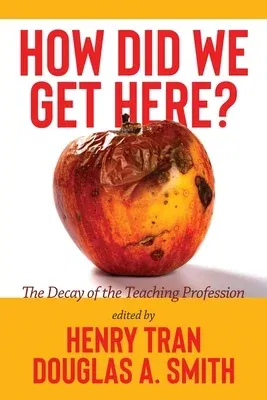Teacher attrition is endemic in education, creating teacher quantity and
quality gaps across schools that are often stratified by region and
racialized nuance (Cowan et al., 2016; Scafidi et al., 2017). This
reality is starkly reflected in South Carolina. Not too long ago, on May
1, 2019, a sea of approximately 10,000 people, dressed in red, convened
at the state capital in downtown Columbia, SC (Bowers, 2019b). This
statewide teacher walkout was assembled to call for the improvement of
teachers' working conditions and the learning conditions of their
students. The gathering was the largest display of teacher activism in
the history of South Carolina and reflected a trend in a larger wave of
teacher walkouts that have rippled across the nation over the last five
years. The crowd comprised teachers from across South Carolina, who
walked out of their classrooms for the gathering, as well as numerous
students, parents, university faculty, and other community members that
rallied with teachers in solidarity.
Undergirding this walkout and others that took hold across the country
is a perennial and pervasive pattern of unfavorable teacher working
conditions that have contributed to what some are calling a teacher
shortage "crisis" (Chuck, 2019). We have focused our work specifically
on the illustrative case of South Carolina, given the extreme teacher
staffing challenges the state is facing. Across numerous metrics, the
South Carolina teacher shortage has reached critical levels, influenced
by teacher recruitment and retention challenges. For instance, the
number of teacher education program completers has declined annually,
dropping from 2,060 in 2014-15 to 1,642 in the 2018-19 school year.
Meanwhile, the number of teachers leaving the teaching field has
increased from 4,108.1 to 5,341.3 across that same period (CERRA, 2019).
These trends are likely to continue as COVID-19 has put additional
pressure on the already fragile teacher labor market.
Some of the hardest-to-staff districts are often located in communities
with the highest diversity and poverty. To prosper and progress,
reformers and public stakeholders must have a vested interest in
maintaining full classrooms and strengthening the teaching workforce. An
important element of progress towards tackling these longstanding
challenges is to gain a comprehensive understanding of the problem.
While teacher shortages are occurring nationwide (Garcia & Weiss, 2019),
how they manifest regionally is directly influenced by its localized
historical context and the evolution of the teaching profession's
reputation within a state. Thus, the impetus of this book is to use
South Carolina as an illustrative example to discuss the context and
evolution that has shaped the status of the teaching profession that has
led to a boiling point of mass teacher shortages and the rise of
historic teacher walkouts.


